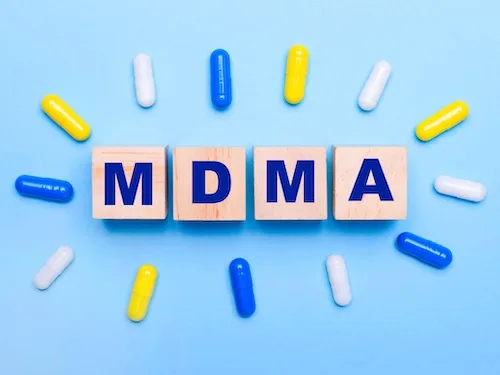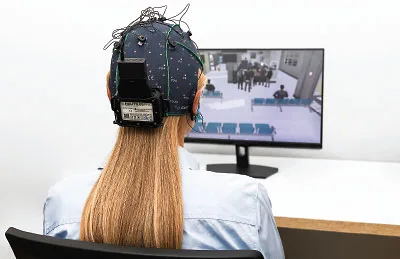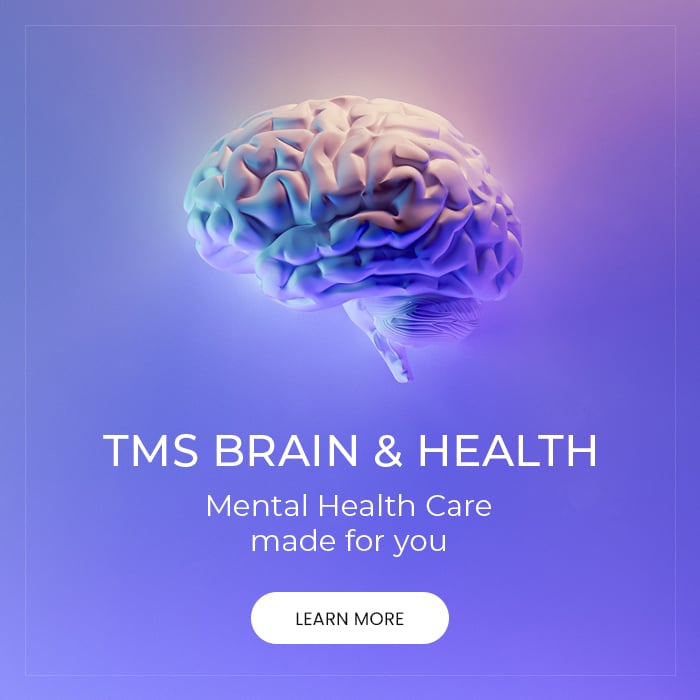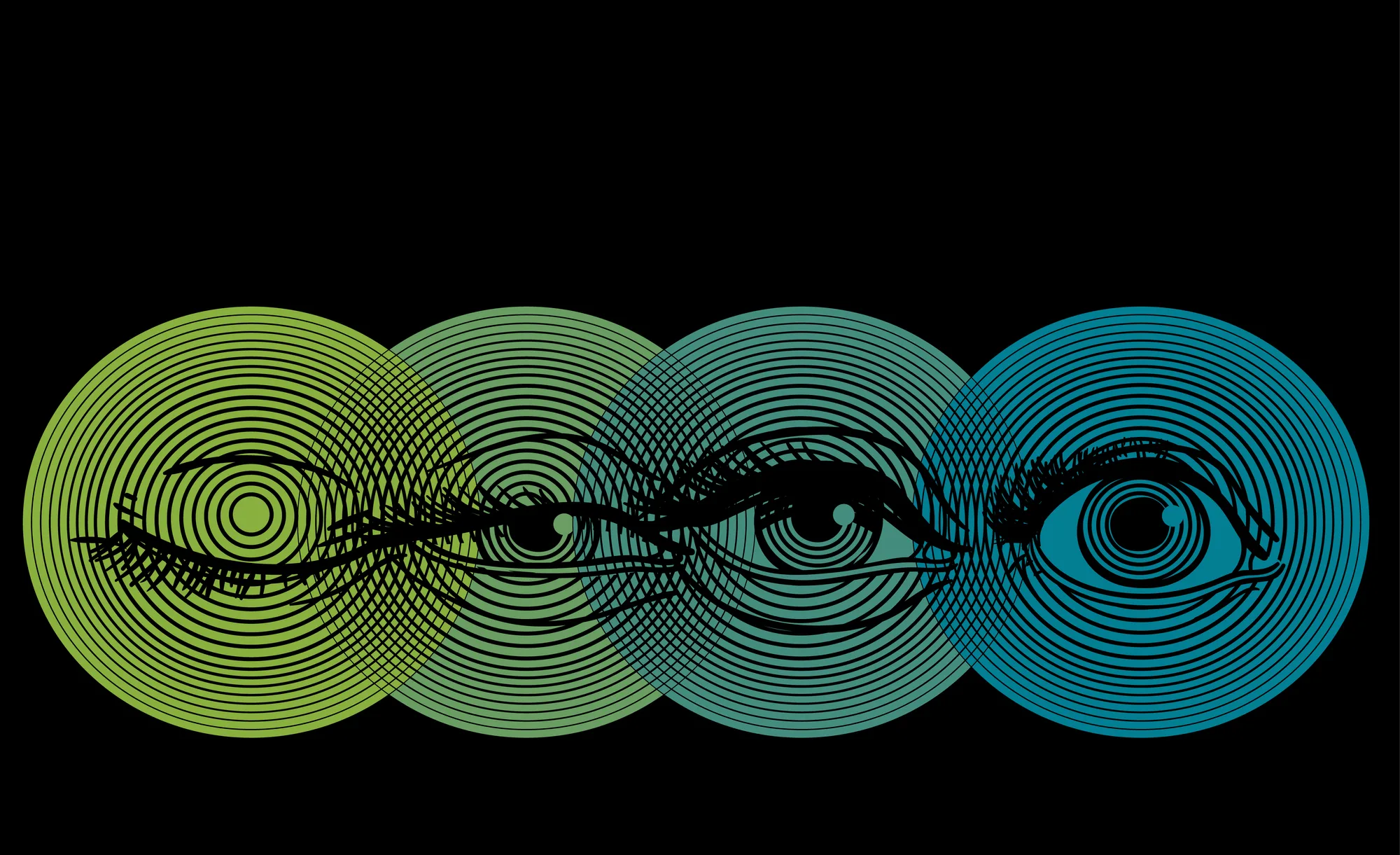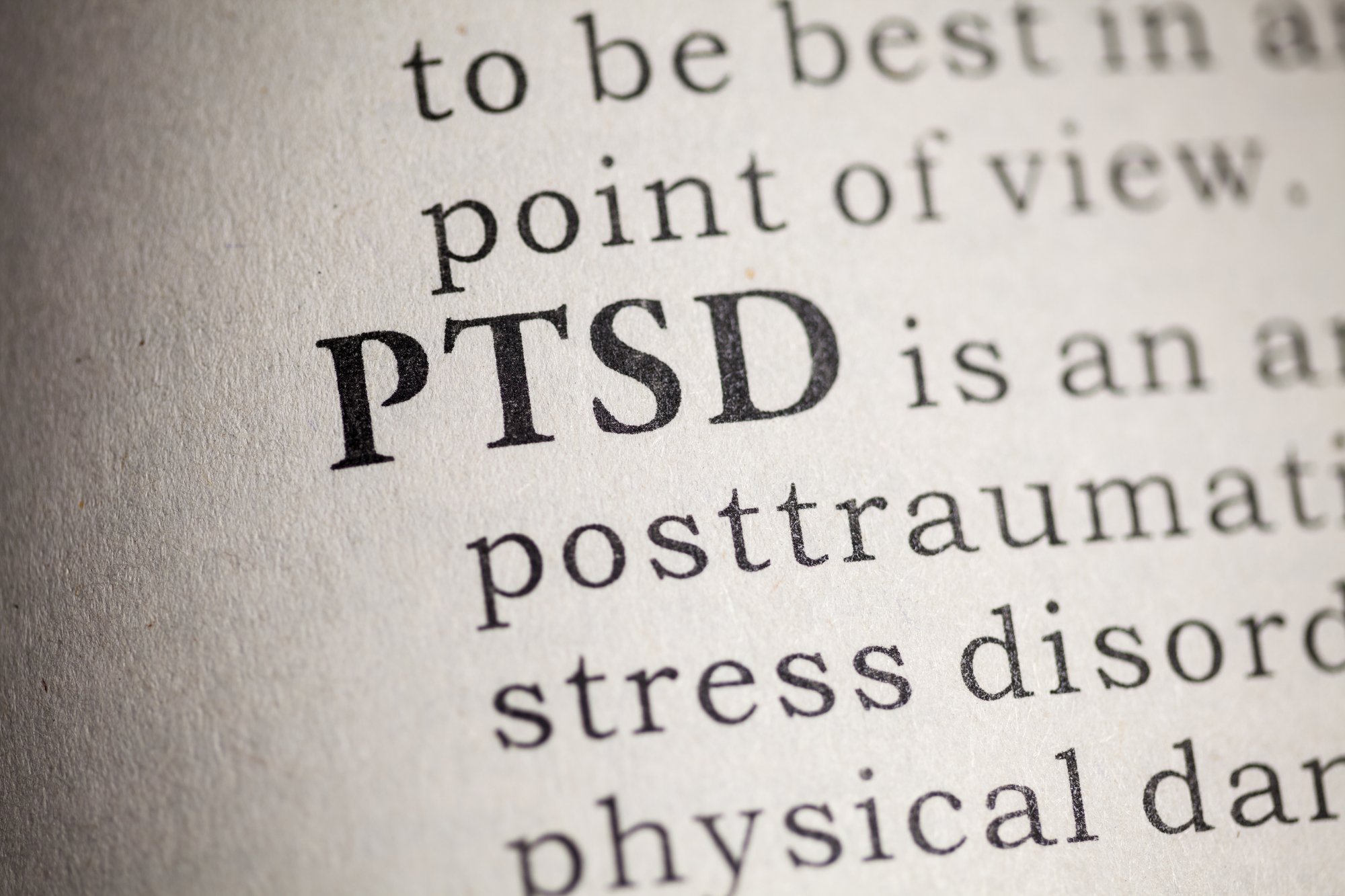Have you recently been diagnosed with CRPS? Gary W. Jay, MD explains that CRPS (complex regional pain syndrome) is a “heterogeneous group of disorders that generally develop after trauma to soft tissue but also may develop after visceral diseases or nerve lesions, or rarely without an obvious antecedent event.” He further indicates that this neurologic syndrome is debilitating, often characterized by functional impairment, hypersensitivity, pain, and vasomotor skin changes.
According to a review published by the Current Pain and Headache Reports, “Complex regional pain syndrome (CRPS) is a painful, debilitating neurological condition that accounts for approximately 1.2% of adult chronic pain population.” The report further indicates that pain specialists are turning to ketamine, an antagonist of the NMDA receptor, as a successful treatment therapy for CRPS. The report’s findings conclude that ketamine patients achieved 30% or higher regarding pain relief, with immediate pain relief being at 69% and 59% for the pain relief event rate at the patient’s one to three-month follow-up.
How is the Glutamine System Affected or Involved?
Authors from the Department of Anesthesiology in the Netherlands note that we can identify CRPS1 by a variety of contributing inflammatory mediators. However, they also conclude that these mediators aren’t the explanation for why pain manifests in the syndrome. Therefore, they published a study in Anaesthesiolgica Scandinavica investigating amino acids and their role in the development of CRPS1.
The study concluded that “This study shows for the first time a pronounced increase in amino acid levels in this chronic pain syndrome. The marked differences in glutamate, glutamine, glycine, taurine, and arginine levels between patients and controls suggest the involvement of both the NDMA receptor and the endothelium‐dependent arginine‐NO system in CRPS1.”
A report entitled, “Clinical Features and Pathology of Complex Regional Pain Syndrome,” outlines how researchers have taken an interest in the role of the central nervous system regarding CRPS. The main reason is that it undergoes structural and functional changes when patients are experiencing persistent pain. The report states, “One key in central sensitization is the activation and up-regulation of glutamate receptors which enhance signal transmission in the nociceptive circuitry from the spinal cord to the cortex.”
What this means is, spinal nociceptive neurons that are sensitized become more responsive and, as a result, causes chronic pain. The chain reaction of such an event leads to the N-methyl-D-aspartic-acid receptor (NMDAR) to activate CRPS.

Ketamine As a Treatment: How it Works to Modulate the Glutamate System
Because ketamine is an antagonist of the NDMDAR receptor, researchers believe that this is why infusion therapy works towards CRPS pain reduction. Patients diagnosed with CRPS who received an intravenous infusion of ketamine saw marked improvements in their pain scores.
The study, published by Pain: The Journal of the International Association for the Study of Pain, evaluated 60 patients with CRPS. Over 4.2 days, patients were administered a low-dose intravenous infusion of ketamine or placebo. The study concluded that “in a population of mostly chronic CRPS-1 patients with severe pain at baseline, a multiple-day ketamine infusion resulted in significant pain relief without functional improvement. Treatment with ketamine was safe with psychomimetic side effects that were acceptable to most patients.”
Jijun Xu, MD, Ph.D., a US-based pain management specialist, explains, “Normally, bumping your leg or touching a cold item would cause a small amount of pain. In someone with CRPS, those stimuli cause intense, severe pain. This type of amplification of pain is believed to be due to activation of one of the nerve cell receptors, namely NMDA receptor. Ketamine is a potent anesthetic that works on these receptors, blocking them from firing, which decreases the pain.”
Another study published by the European Journal of Pain involved ten patients suffering from chronic CRPS-1. They received seven low-dose ketamine infusions lasting five-minutes each and increasing at 20-minute intervals. The study concluded that “The data indicate that while ketamine’s effect on acute experimental pain is driven by pharmacokinetics, its effect on CRPS pain persisted beyond the infusion period when drug concentrations were below the analgesia threshold for acute pain.”
The Outcome Of This Process
Authors from the British Journal of Clinical Pharmacology explain, “The beneficial effects of the ketamine infusion on pain scores are lost by 12 weeks, which must be set against the chronicity of the disease.” Therefore, it’s necessary for patients suffering from CRPS to repeat ketamine infusion therapy.
Using ketamine infusion therapy can help CRPS patients reset and restore their nerve connections, making it a powerful tool to help with chronic pain. Using ketamine to treat chronic pain to help correct a problem within a patient’s body is referred to as central sensitization.
What that means is, over time, their body will increase the number of pain signals and their intensity. The use of ketamine will interfere with this process and, when it rests the pain signal, patients feel relief when they may have been treatment-resistant previously.
“Patients who have not responded to conventional treatments for CRPS or phantom-limb pain, such as medications, nerve blocks and spinal cord stimulation, can find good relief with an outpatient infusion of ketamine,” said Navy Cdr. James S. Houston MD, head of a medical facility that treats Wounded Warriors.
In another review published in the Expert Opinion on Pharmacology journal, authors discuss the efficacy of ketamine for the treatment of chronic non-cancer pain. In this review, the authors conclude that “There is now evidence from a limited number of studies that pain relief lasting for months is observed after long-term intravenous ketamine infusion, suggesting a modulatory effect of ketamine in the process of chronic pain, possibly via blockade of upregulated NMDAR.”
Wrapping Up
Medical professionals are turning to the use of ketamine for treating CRPS not only for its quick pain relief but also its lasting effects. Patients who are suffering from CRPS are experiencing chronic pain and need immediate assistance for their symptoms. Because so many people are suffering from this condition, the need for results-oriented treatments is critical.
For more information about how ketamine can help you with your CRSP symptoms, contact Bespoke Treatment today.


